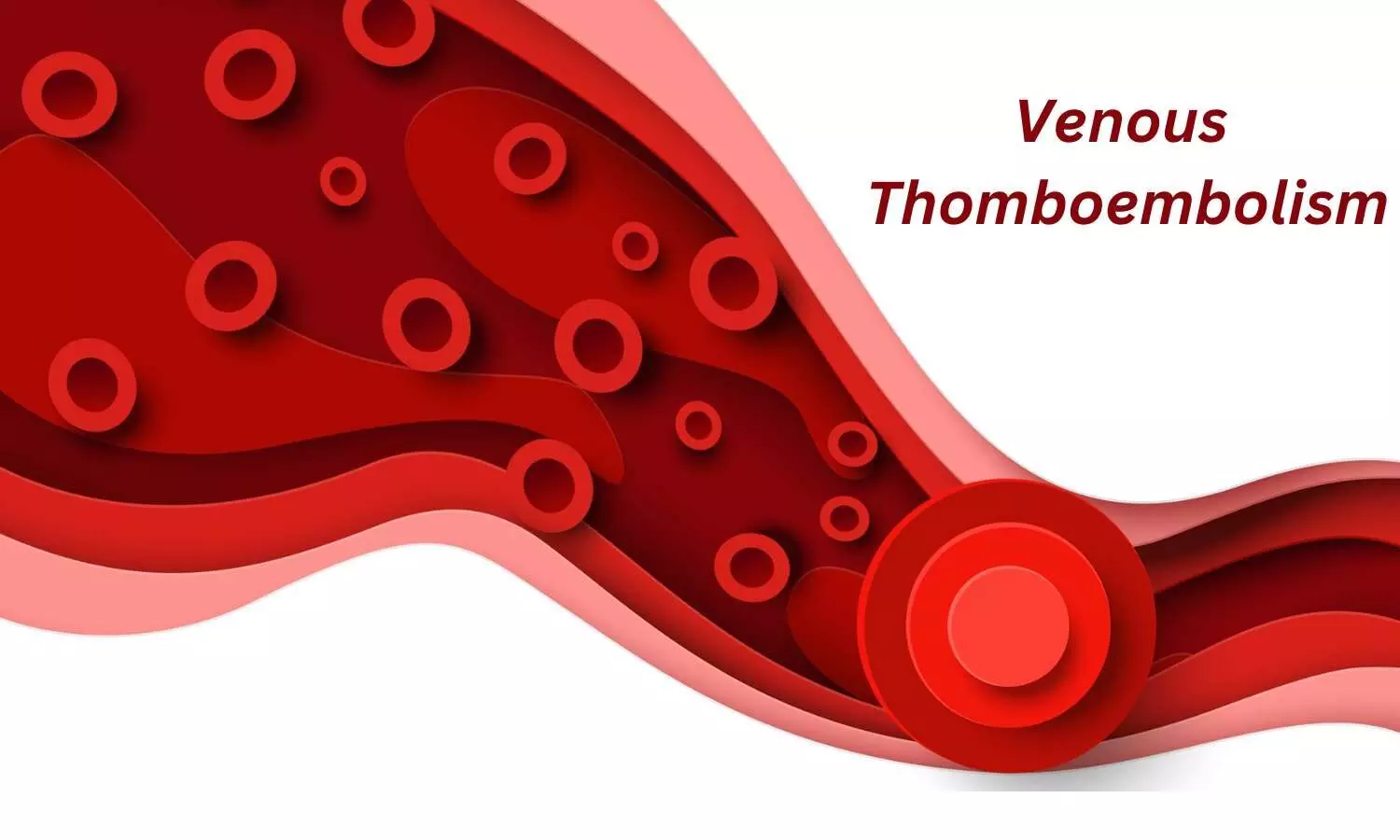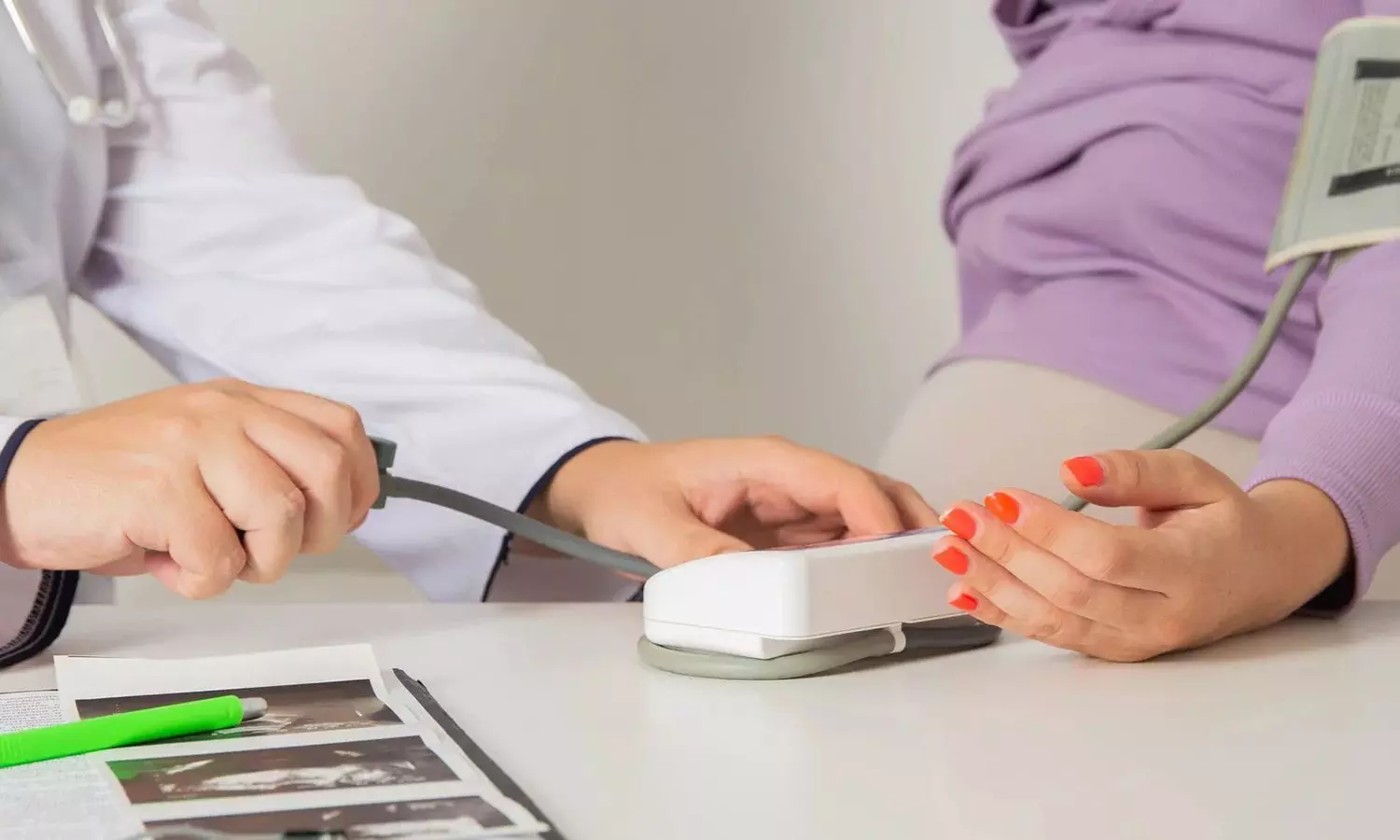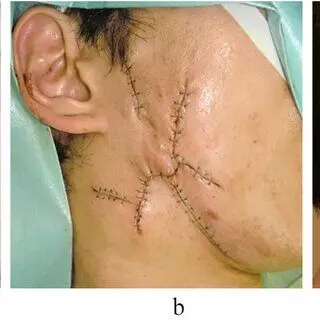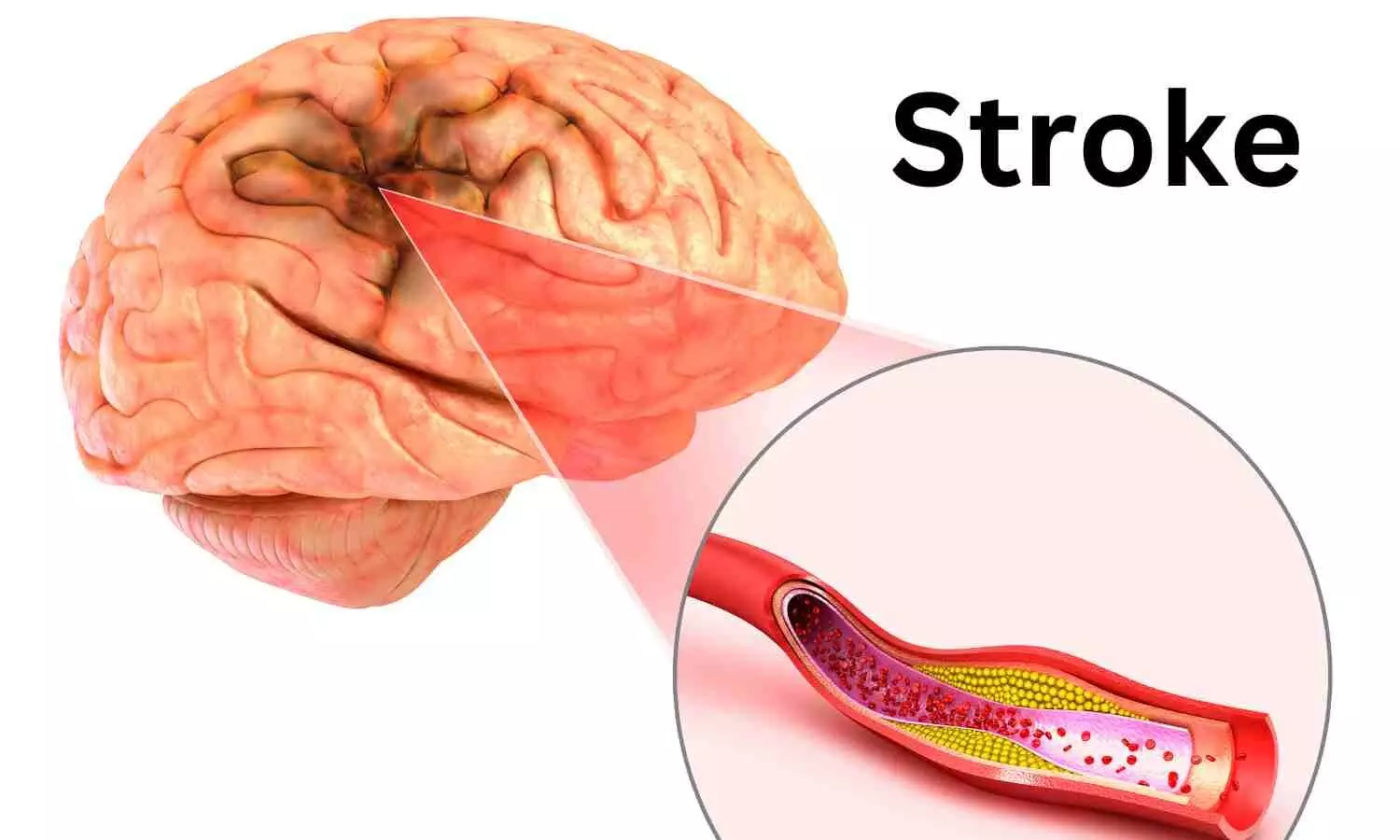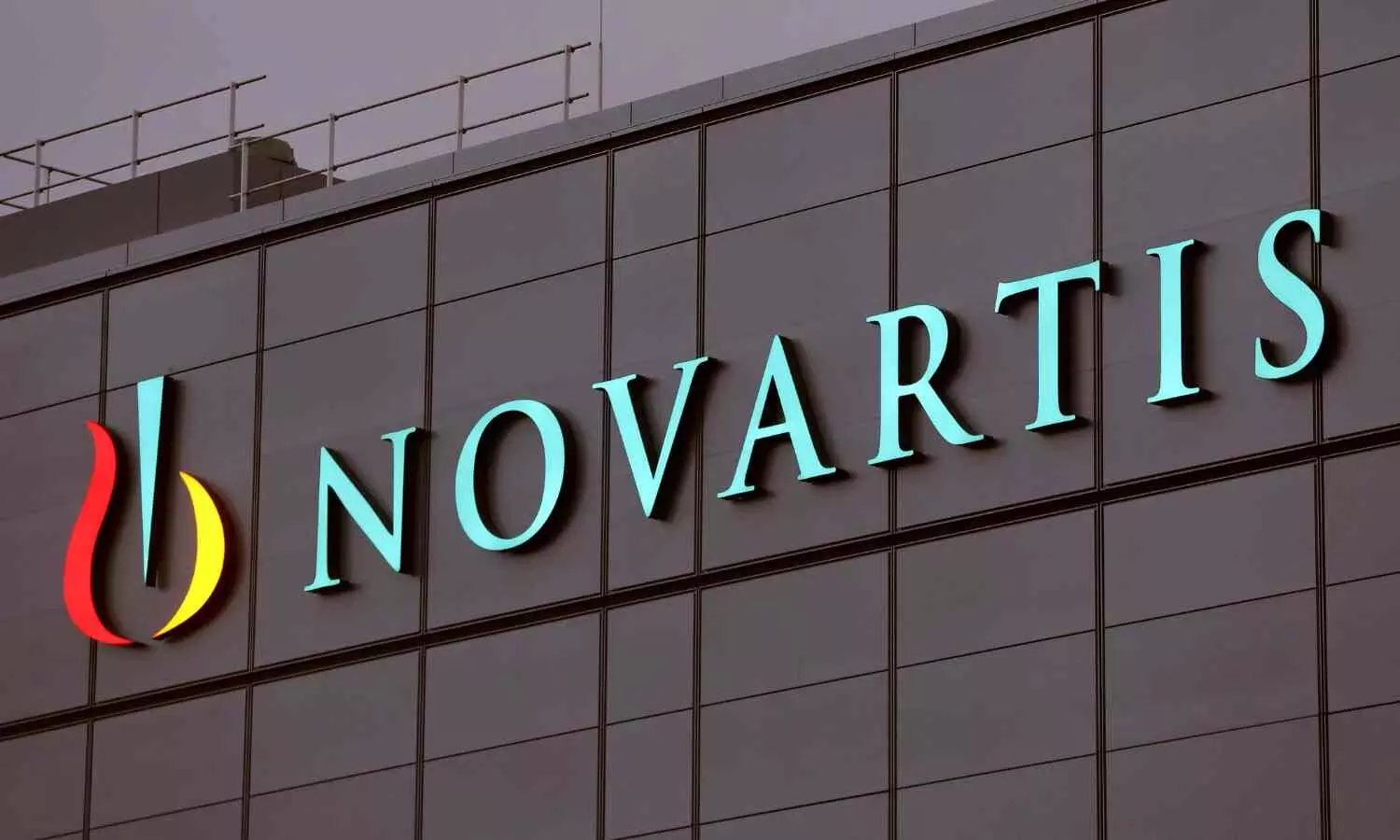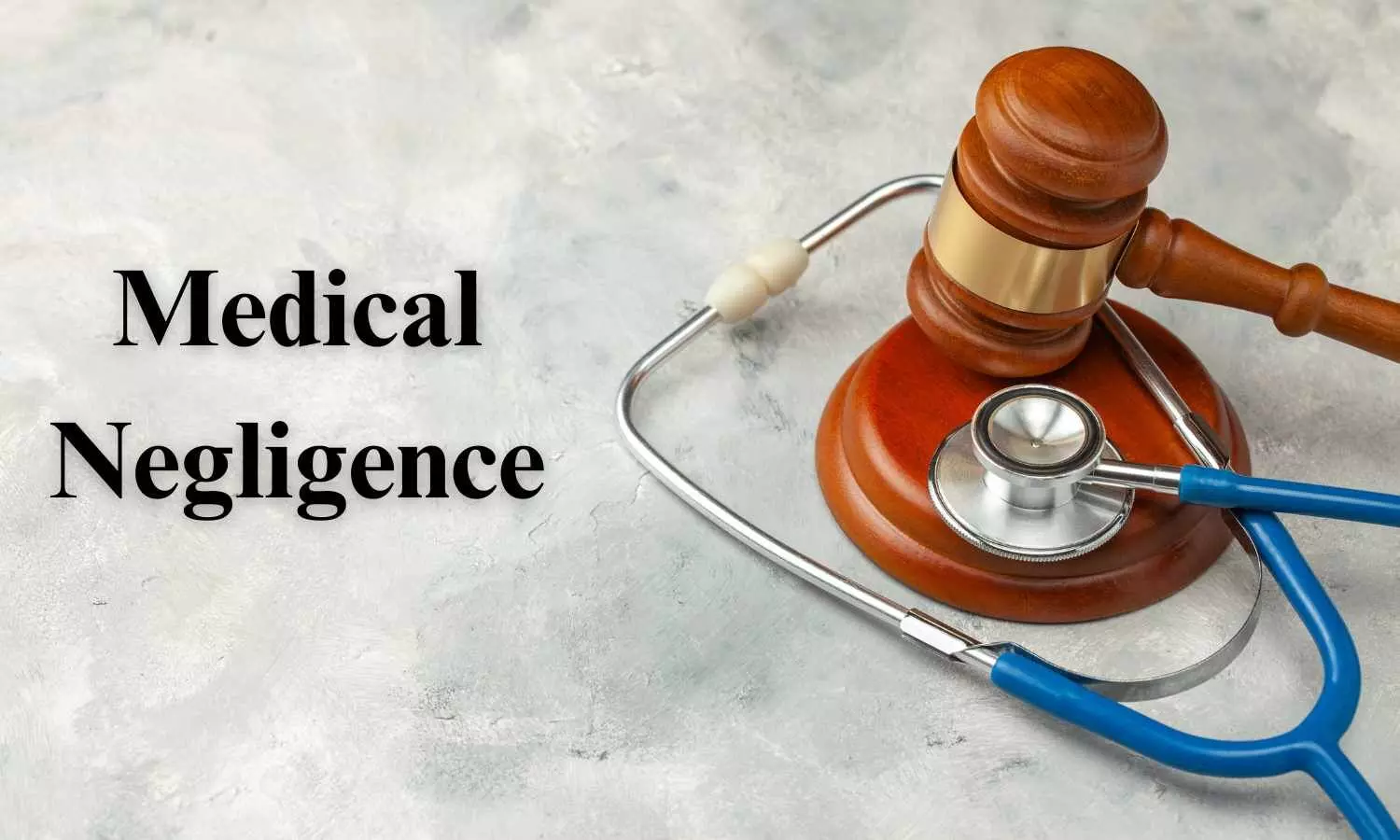
Coimbatore: The District Consumer Disputes Redressal Commission (DCDRC), Coimbatore recently directed a hospital and three doctors to pay Rs 20 lakh as compensation to a man, whose wife died due to medical negligence during a blood transfusion.
While considering the matter, the consumer court observed that proper informed consent was not obtained and required tests were not conducted before the transfusion and even though the patient complained of body pain, the transfusion was not immediately stopped. Following the transfusion, the patient developed TRALI (Transfusion-Related Acute Lung Injury) and consequently died.
The history of the case goes back to 2018 when the complainant’s wife was injured after falling from a scooter. She sustained injuries in her mouth part and face fracture neck Condylar process to mandible with dislocation noted on the right side, and undisplaced linear fracture in the angle of right side of mandible extending to the socket of last molar tooth.
Consequently, the Facio Maxillary surgeon suggested open reduction and internal fixation (ORIF) for putting pieces of broken bones into place by screws to hold the broken bone together and intermaxillary fixation. He also advised the complainant to admit the patient to the treating hospital for ORIF surgery in his care and gave a reference letter to admit the patient.
Before the surgery, blood cells were arranged for blood transfusion purposes. However, after the transfusion started, the patient felt body and leg pain and informed the same to the duty nurse. It was alleged that she was not attended to by any doctor.
After the blood transfusion stopped, the Medical Officer Dr. Selvan came to the hospital and informed the other doctors about it. Based on the advice by Dr. Antony, another Medical officer, Dr. Selvan gave injections to the patient. However, the patient was running a heavy fever and her condition worsened. Further medications were given. Allegedly, the doctors and the hospital neither gave any emergency medical aid nor shifted the patient to any multi-speciality hospital. The patient’s condition became worse and she was taken to the Intensive Care Unit. However, the patient did not recover and she died.
The medical certificate issued by the doctors mentioned that the patient had died due to “Sudden Cardio respiratory arrest”. After the police complaint filed by the complainant, a postmortem was conducted by the associate professor H.Q.D of forensic medicine at Coimbatore Medical College and he opined that the patient had died due to “transfusion related acute lung injury (TRALI) caused by blood transfusion done for surgical repair of the fractured mandible.
Filing the consumer complaint, the complainant alleged that the doctors and the hospital were negligent, careless and reckless and they did not follow the standard procedure mentioned for transfusion practices and did not take steps to resolve the complication immediately to save the patient’s life.
On the other hand, the doctors and the hospital submitted that before starting the blood transfusion all tests were done as per the standard practice. It was further submitted that the patient had an immune-mediated process that could not be identified before the transfusion. They claimed that there was no medical negligence on their end and despite the best treatment given, the patient suffered a medical accident and unfortunately passed away.
It was submitted that for 80-85% of patients, antibodies are produced due to immune mediation, sometimes occurring in individuals with more than one pregnancy. When such blood is transfused, it can lead to TRALI (Transfusion-Related Acute Lung Injury). TRALI can also occur in those with lung diseases. Non-immune mechanisms can also trigger TRALI in some cases. It was claimed that the TRALI incident during the packed cell transfusion was not due to their negligence, as proper treatment was provided according to medical standards.
The complainant had also submitted a complaint to the District Collector of Coimbatore who instructed the Joint Director of Medical and Health Services Department to conduct enquiry. The Joint Director after conducting enquiry with the complainant and the treating doctors and hospital, filed a report stating that the complainant’s wife died due to Transfusion-Related Acute Lung Injury and rejected the petition. This was also highlighted by one of the doctors before the consumer court.
While considering the matter, the Consumer Court reviewed relevant medical literature and observed that while TRALI can indeed be caused by various factors and is considered a medical emergency, the question involved in this case was not the cause for TRALI but whether the standard procedure was followed before, during and after the blood transfusion.
Regarding the complainant’s allegation that no informed consent was obtained for blood transfusion, the Commission noted that the hospital, which claimed to have obtained the consent letter, did not produce it and no such letter was produced by the dentist as well.
“There is no explanation for not providing the consent letter, much less an acceptable one. From this, it is evident that OP3 did not obtain the consent letter before transfusing blood,” it noted.
Citing clause 11.1.1 of Chapter 11 “Bed-Side Transfusion Practices” of Standards for Blood Banks and Blood Transfusion Services published by the National AIDS Control Organization, Ministry of Health and Family Welfare, New Delhi, the Commission observed,
“OPs did not obtain consent, much less informed consent, before the blood transfusion, which is in contravention of the standard procedure…”
“The Hon’ble Supreme Court in Samira Kohli v. Dr. Prabha Manchanda has held that consent in the context of a doctor-patient relationship means the grant of permission by the patient for an act to be carried out by the doctor, such as a diagnostic, surgical, or therapeutic procedure. What is relevant and important is the inviolable nature of the patient’s right regarding his body and his right to decide whether he should undergo a particular treatment or surgery. The nature of the information required to be furnished by a doctor to secure valid or real consent is crucial. The Hon’ble Supreme Court in the case of M. Chinniyan v. Sri Gokulam Hospital cited by the complainant elaborated on the importance of obtaining informed consent. In the present case, there is no informed consent before the blood transfusion, and it amounts to a deficiency in service and negligence by OP1 to OP3,” it further noted.
The consumer court noted that before a blood transfusion, two blood tests known as “type and cross match” are done. A “cross match” is performed to ensure that the donor red blood cells (RBCs) are compatible with the recipient’s serum. To perform a cross-match, a small amount of the recipient’s serum is mixed with a small amount of the donor’s RBCs. The mixture is then examined under a microscope to check for agglutination or hemolysis.
After going through the doctor’s note and the nurse’s chart, the Commission noted,
“…it is revealed that there are no details regarding the conduct of compatibility tests and cross matches performed. The OPs did not submit any material to suggest that they performed these tests. Therefore, their failure to conduct these prescribed pre-transfusion tests is considered negligence and a deficiency in service.”
Further, the consumer court noted that there was negligence by the doctors during the blood transfusion as well. The Commission observed that “…despite the patient’s complaints of body and leg pain at 11:30 PM, the transfusion was not discontinued until 11:45 PM.”
Referring to the evidence of Dr. K. C. Usha, the Professor and Head of Transfusion Medicine at Medical College Hospital, Thiruvananthapuram, as cited by the Hon’ble NCDRC in the case of Samad Hospital Vs. Muhammed Basheer, the Commission noted that the doctors and hospital “did not provide any material to substantiate that they acted according to the guidelines outlined by Dr. Usha after the transfusion reaction. Even the medical literature produced by the OPs suggests that transfusion reactions should be managed as per the aforementioned medical practice.”
“Transfusion reactions and adverse events should be investigated by the clinical team and hospital transfusion team and reviewed by the hospital transfusion committee. There is no material available to suggest that the above procedures were followed. Therefore, the contention of OP1 to OP4 that they provided appropriate and proper treatment by following the standard medical procedure is untenable. Consequently, the Commission finds that OP1 to OP4 committed a breach of duty while treating the complainant’s wife after she complained of a blood transfusion reaction,” further observed the Commission.
The Commission noted that since the complainant demonstrated that the doctors and hospital did not follow standard medical procedures before and during the transfusion, the principle of res ipsa loquitur should be invoked.
Therefore, holding the doctors and hospital guilty of medical negligence, the consumer directed them to pay Rs 20 lakh compensation to the complainant. It ordered, “In the result, this complaint is partly allowed directing the opposite parties 1 to 4 who are jointly and severally liable i) to pay a sum of Rs.20,00,000/- (Rupees Twenty Lakhs only) as compensation to the complainant for the mental suffering, emotional trauma caused by their negligence and deficiency in service, and ii) to pay a sum of Rs.5000/- (Rupees Five thousand only) towards the cost of proceedings. The above amounts to be paid within a period of one month from the date of this order failing which the opposite parties 1 to 4 shall be liable to pay interest at the rate of 9% p.a. towards the above said total amount till it is realized. The complaint as against the 5th opposite party is dismissed.”
To read the order, click on the link below:
https://medicaldialogues.in/pdf_upload/coinbatore-consumer-court-245565.pdf
Also Read: Needle Left in Abdomen During Surgery: Consumer Court Directs Bengaluru Hospital, Doctors to Pay Rs 5 Lakh Compensation to patient
